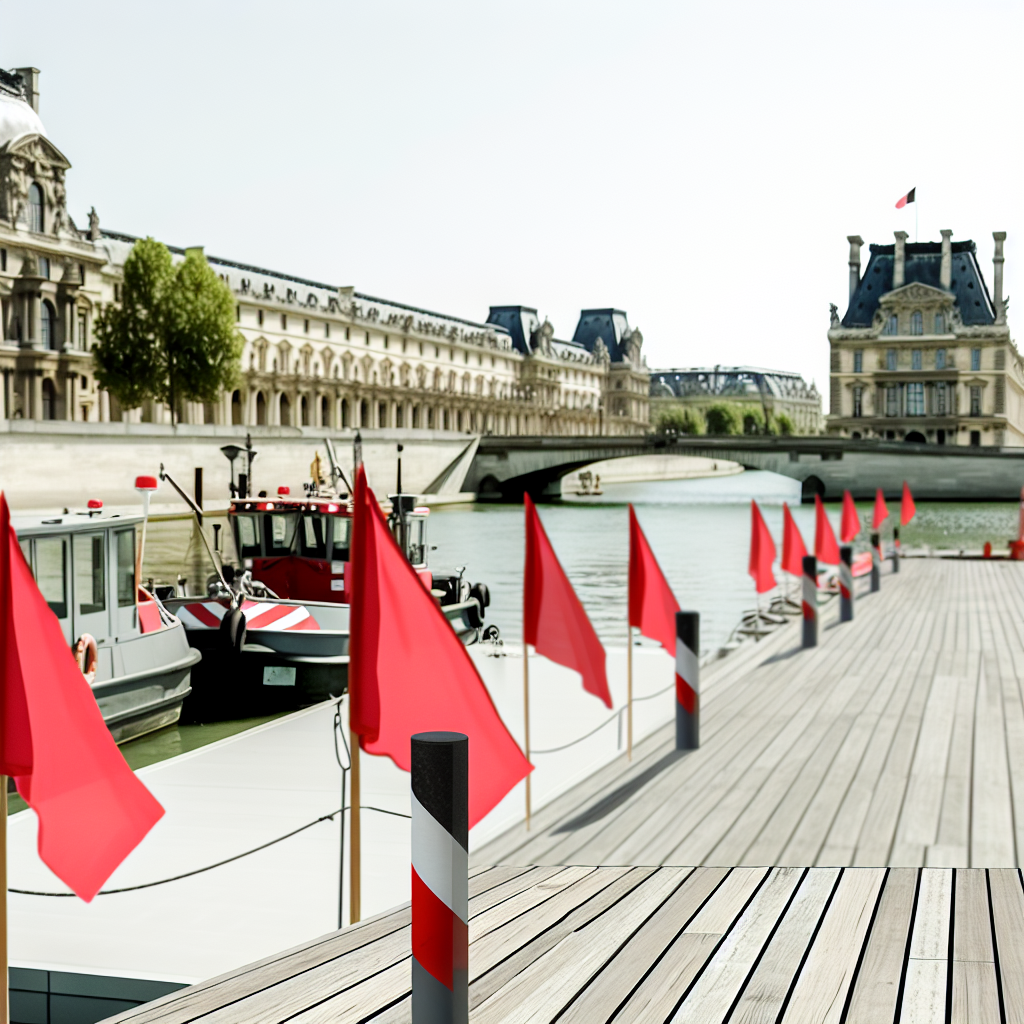Criminals in Paris pulled off a museum robbery that reads like a logistics case study: high-visibility vests to look legitimate, a rented lift to “live off the land,” precision timing and an exit plan measured in minutes. For freight operators battling identity scams and strategic cargo theft, the Louvre caper is less a movie script than a reminder that modern thieves succeed by blending in, moving fast and exploiting gaps they know you won’t see.
In the Oct. 19 daylight raid, four men arrived at the Louvre in a stolen furniture-lift truck, rode the platform to a first-floor window of the Galerie d’Apollon, cut glass, smashed two cases and escaped on motorbikes with eight pieces of the French Crown Jewels. Investigators say the crew spent just minutes inside; one piece, Empress Eugénie’s crown, was dropped and later recovered outside. French authorities estimate the loss at roughly €88 million (about $102 million).
Fresh developments in the past 72 hours underscore the scale of the response. Two suspects in their 30s were detained on Oct. 26 — one at Charles de Gaulle Airport while attempting to board a flight — as more than 100 investigators comb 150 DNA traces, surveillance footage and equipment the thieves left behind. The Paris prosecutor said suspects can be held up to 96 hours before charges, and expressed concern that premature leaks about the arrests could hamper recovery of the jewels.
Authorities also confirmed the case is drawing on specialized units for banditry and cultural property crimes, and that the stolen pieces have been flagged internationally via Interpol’s database — steps familiar to anyone who has pursued high-value cargo losses across borders.
Perhaps the most instructive revelation for freight: Louvre leadership acknowledged an exterior camera blind spot at the very access point the crew exploited. The alarms worked, but a single camera aimed the wrong way left perimeter security exposed — a small gap with a huge payoff. That is exactly how modern cargo thieves think.
For carriers, brokers and shippers, the tactics on display in Paris map neatly onto freight fraud and cargo theft in North America:
1) Disguise is the new bolt cutter. The thieves wore hi-vis and looked like contractors. In trucking, that same “look legitimate” play happens with spoofed carrier identities, borrowed door magnets and drivers who present clean-but-fake packets. Counter it with layered identity checks: independent call-backs to the broker-of-record, photo-and-PIN pickup protocols tied to load IDs, and dockside license/plate verification that’s validated in your TMS — not via numbers provided by the arriving party.
2) Everyday tools become attack tools. A rental furniture lift doubled as a rapid entry platform. In freight, it’s a pallet jack, a box truck or a short-term yard lease. Train staff to treat unexpected equipment as a risk signal, and require preauthorization for any on-site gear or substitute vehicles. If a carrier “swaps tractors,” your system should force a re-verify.
3) Minutes matter — design for speed, too. The Louvre crew was in and out in minutes; fast grabs at warehouses, parking lots and truck stops follow the same clock. Reduce “golden windows” by eliminating unnecessary weekend staging, backing trailers to hardened barriers, and using geofenced no-stop rules for the first 200 miles on targeted commodities. If a stop occurs, trigger an automatic verification workflow.
4) Audit the edge, not just the center. The museum’s issue wasn’t a broken alarm; it was a camera facing the wrong way. Yard perimeters, side doors and “temporary” gates are where thieves win. Walk your sites at night with your security team, map blind spots, and close them with overlapping fields of view and analytics-driven alerts. If your only camera is “near” the dock, it isn’t protecting the dock.
5) Preserve the scene like evidence, because it is. French investigators are sifting more than 150 DNA traces, including gloves and tools left behind. When a load goes missing or a pilferage is discovered, freeze the area, keep the packaging, and escalate to law enforcement immediately. A disciplined first hour improves recovery odds and supports claims.
6) Expect cross-border implications. Interpol notices for cultural property mirror how stolen cargo quickly crosses jurisdictions. Have your escalation tree prebuilt: who calls the shipper, the broker, the insurer — and which law-enforcement partners get contacted first — so you’re not building it after the fact.
The trucking takeaway is not that criminals are superhuman — it’s that they are methodical. They study your routines, pick the quiet edges of your operation and use ordinary tools against you. The Louvre heist is a vivid reminder that small oversights turn into large losses — and that the best defense is a culture that validates identity, hardens perimeters and treats “almost right” as the same as wrong.
Sources: FreightWaves, The Guardian, The Washington Post, ABC7 Los Angeles, CBS News, ABC News (Australia)
This article was prepared exclusively for TruckStopInsider.com. Republishing is permitted only with proper credit and a link back to the original source.





